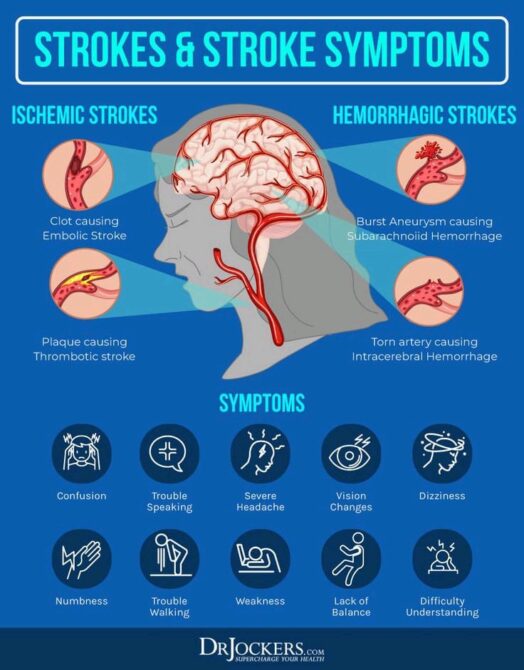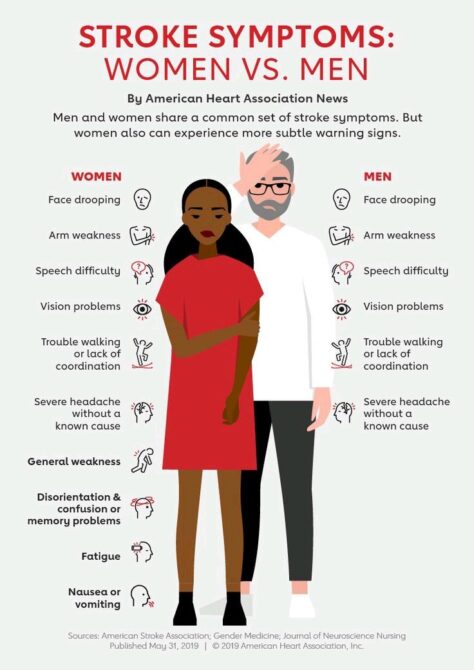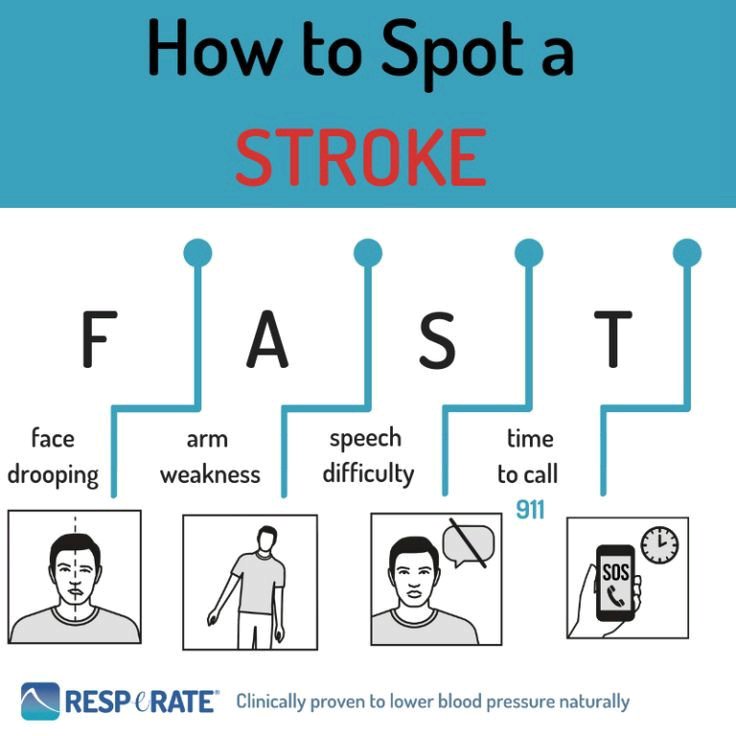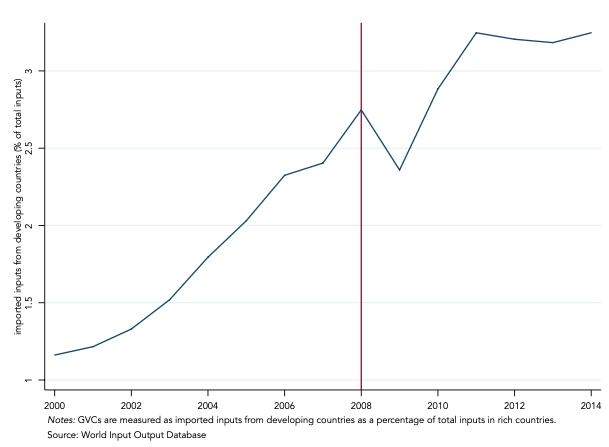5 warning signs the body gives when a stroke attack is imminent and foods to avoid
Stroke is one of the most common medical emergencies, which often require timely treatment and intervention to reduce some of its accompanying health complications such as brain damage, long-term disability, or even death. It occurs when blood supply to certain parts of the brain becomes significantly reduced or interrupted due to bleeding, rupture and/or blockage in the brain vessel, thus causing the brain tissues to be starved of the required oxygen and other nutrients. As a result of this starvation, brain cells then begin to die within minutes and stroke sets in.
According to scientists, time is of great essence in any stroke attack as fast treatment can help to reduce brain damage, as well as other health complications that stroke can cause. In any stroke attack, every minute also counts because if blood supply to the part of the brain that controls the human body’s life support system such as breathing and heartbeat are affected, it could lead to death. Eighty percent (80%) of strokes are ischemic and are caused when the small or large arteries become narrowed or when blood flow to the brain is blocked by clots.

However, before the onset of ischemic stroke, there is usually a transient ischemic attack (TIA), also called a warning stroke or mini-stroke. The transient ischemic attack often shows similar symptoms to an ischemic stroke but is different in that it does not damage the brain and often lasts less than five (5) minutes. However, since both ischemic stroke and transient ischemic stroke have similar symptoms, knowing what their symptoms look like could help make a big difference because one would be able to take quick decisive actions that could help save a life or prevent serious brain damage that stroke can cause.
With that in mind, here are five (5) warning signs the body may show when a stroke attack is imminent:
1. Sudden numbness or weakness in the face, arm, or leg, especially on one side of the body;
2. Sudden confusion, trouble speaking, or difficulty understanding speech;
3. Sudden trouble seeing in one or both eyes;
4. Sudden trouble walking, dizziness, loss of balance, or lack of coordination;
5. Sudden severe headache with no known cause.

Some of the biggest risk factors for stroke attacks in people include eating an unhealthy diet, inactivity or lack of exercise, excessive alcohol consumption, family history, sex (affects women than men), age and health history. Since eating an unhealthy diet is one of the risk factors for a stroke attack, it is important to establish some of the foods that constitute an unhealthy diet and avoid them. With
five (5) types of foods one should limit to prevent stroke:
1. Salty Foods
2. Highly Saturated Fats
3. Foods High in Trans Fats
4. High-cholesterol Foods
5. Alcohol








